Introduction
Theory is important, but real-world examples show the true impact of a structured GTM workflow. These case studies highlight how startups across industries used step-by-step email sequences and targeted outreach to scale their pipeline and drive meaningful results.
In this blog, we’ll cover three comprehensive case studies: a SaaS startup, a B2B marketplace, and a referral-driven growth experiment. Each case includes challenges, the applied workflow, results, and key takeaways for replication.
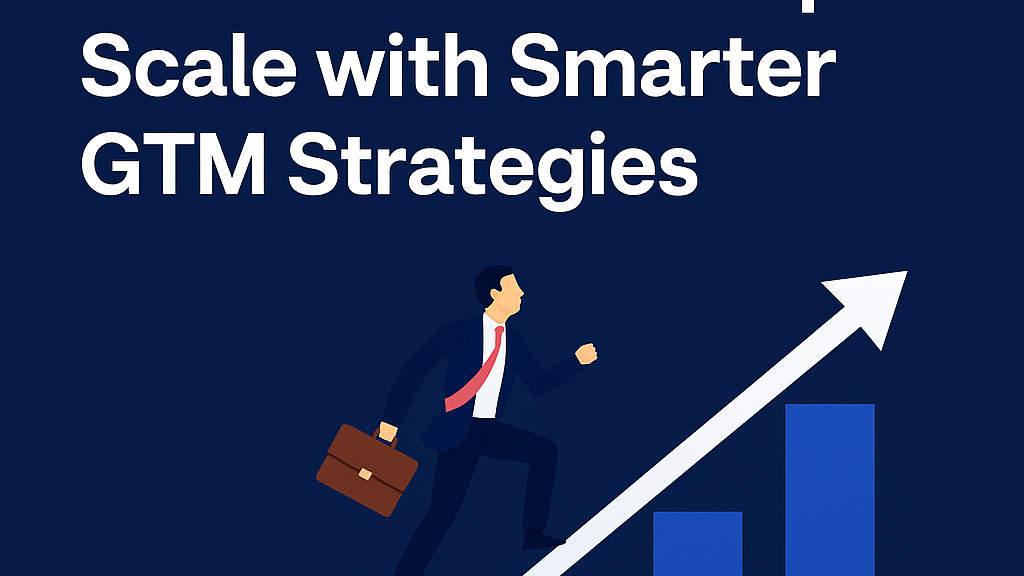
Case Study 1: SaaS Startup Scaling to $50K MRR
Challenge:
The startup had limited outbound reach and struggled with engagement.Their previous email campaigns were generic, leading to low response rates (<10%).
Approach:
Implemented a 5-step cold email sequence targeting decision-makers.Added a LinkedIn warm-up strategy to increase visibility before sending emails.
Emails included social proof, short value propositions, and a low-friction CTA.
Results:
30% reply rate on outbound emails.15% demo-to-trial conversion rate.
Sales pipeline increased 3x within 60 days.
- Key Takeaways:
Personalized outreach works better than generic emails.
Combining email + LinkedIn improves visibility and response.
Monitoring metrics and iterating increases efficiency.
Case Study 2: B2B Marketplace Boosting Outreach Efficiency
Challenge:
Manual outreach was slow and inconsistent.
Lack of segmentation led to irrelevant messages and low engagement.Approach:
Segmented ICP into three priority tiers based on company size and role.
Automated email sequences using Lemlist with A/B tested subject lines.
Included a one-page case study in the follow-up to build credibility.Results:
Outreach efficiency tripled.
Meeting bookings doubled within the first month.
Response rate improved from 12% to 28%.- Key Takeaways:
Segmentation is critical for relevance.
Automated tools save time without sacrificing personalization.
Social proof/case study inclusion boosts trust.
Case Study 3: Referral-Linked Email Campaign for a
Startup
Challenge:
The startup relied solely on inbound leads, resulting in slow growth.
They needed a strategy to leverage their existing audience.Approach:
Developed referral-linked email sequences with incentives for sharing.
Triggered emails based on user behavior (website visits, content downloads).
Sent personalized messages highlighting the value of referring friends/peers.Results:
Pipeline doubled in 60 days.
Conversion from referral emails was 35%, higher than traditional outreach.
Created a scalable system for ongoing growth.- Key Takeaways:
Behavioral triggers can significantly improve engagement.
Referral campaigns amplify reach with minimal extra cost.
Automation + personalization = scalable results.


Lessons Learned Across Case Studies
- Segmentation and ICP clarity are non-negotiable.
- Personalization beats generic outreach every time.
- Consistent follow-ups and data-driven iteration are critical.
- Combining channels (email + LinkedIn + referral campaigns) yields higher pipeline growth.
- Automation must be paired with human oversight to maintain credibility.
Conclusion: Real-world case studies demonstrate the tangible benefits of structured GTM and email workflows. Startups can replicate these strategies to accelerate growth, increase conversions, and build a robust sales pipeline.
Download our case study toolkit to see sample workflows and metrics that top startups use to scale fast.


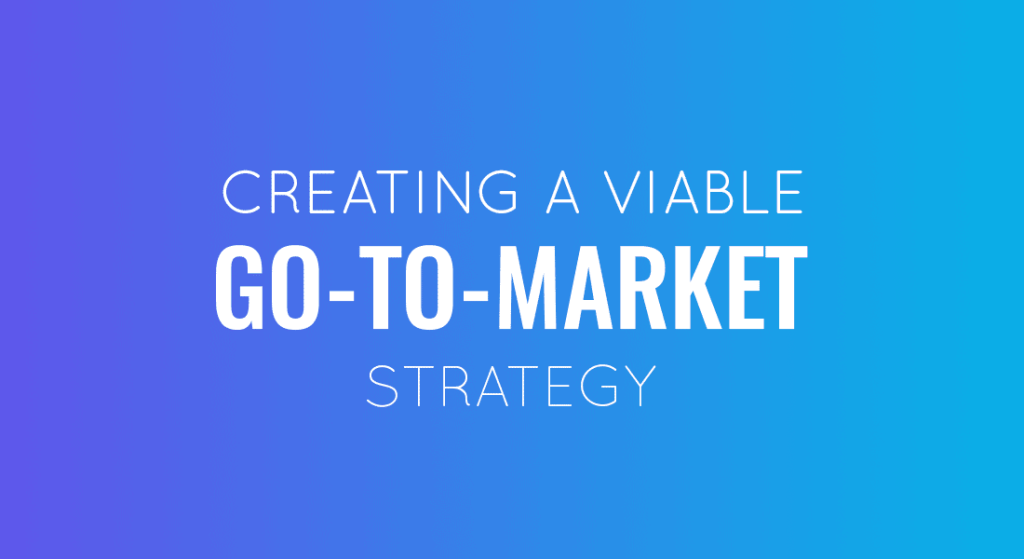

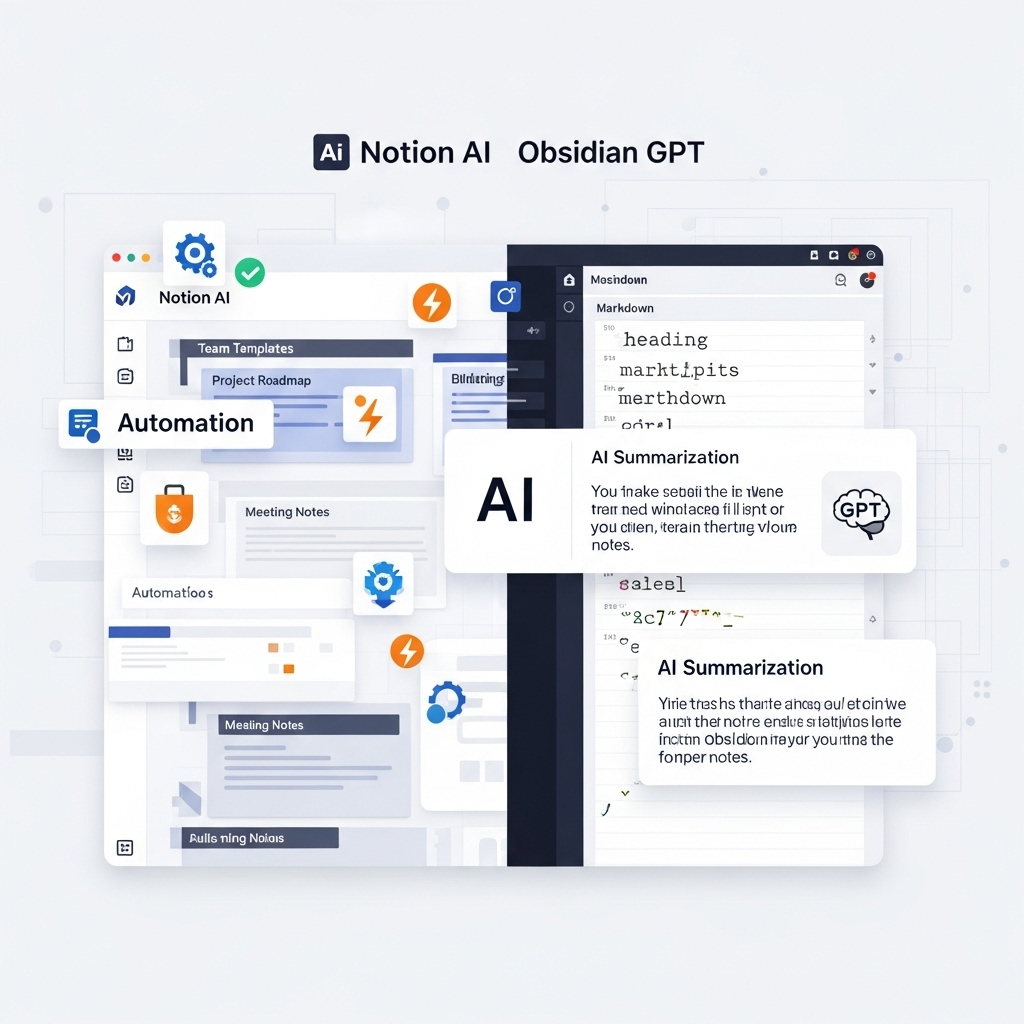

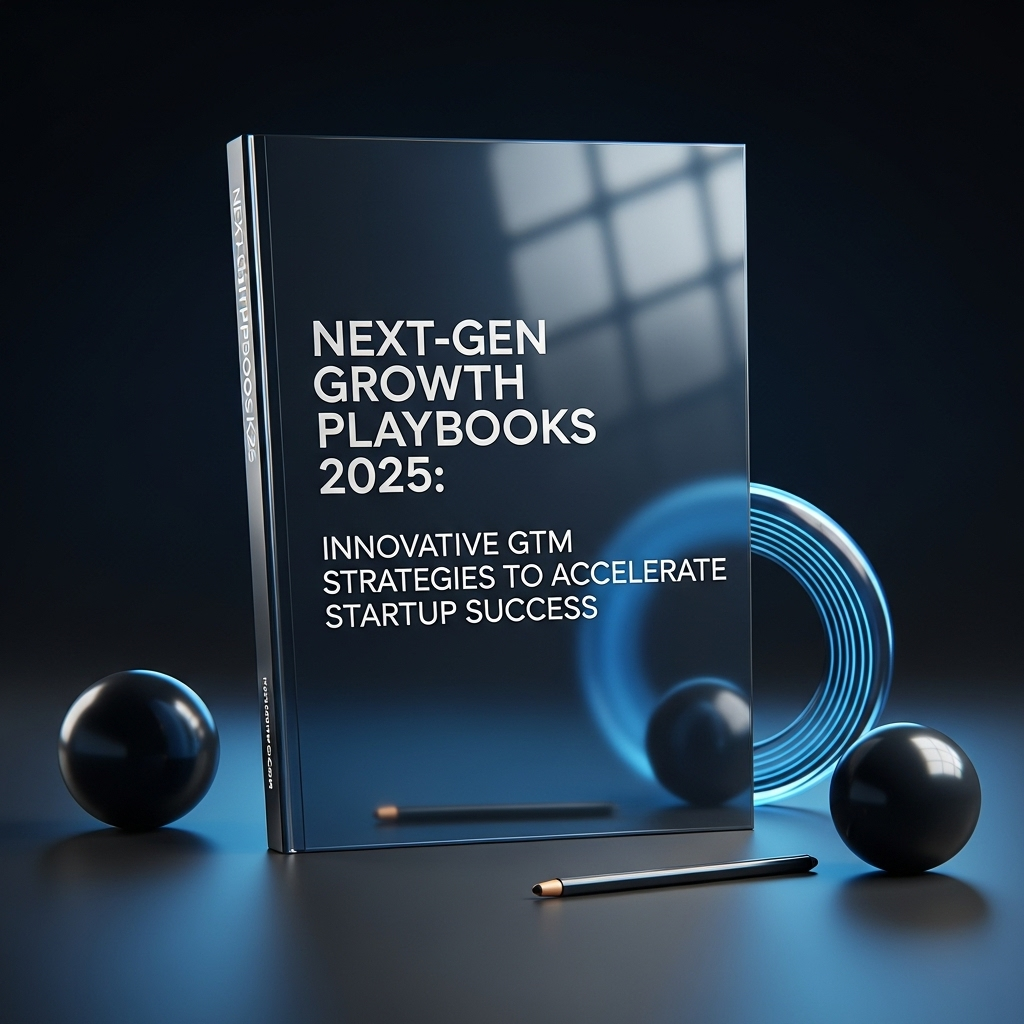


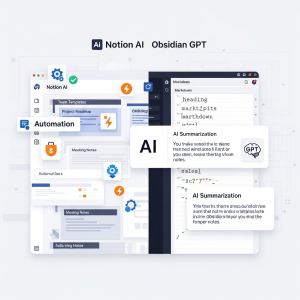

![Is Jasper AI Worth It in 2025? [Full Review + Affiliate Link]](https://trustedstak.com/wp-content/uploads/2025/02/217b4200-64d0-446a-8849-969950410bca-e1757354488987.jpg)
